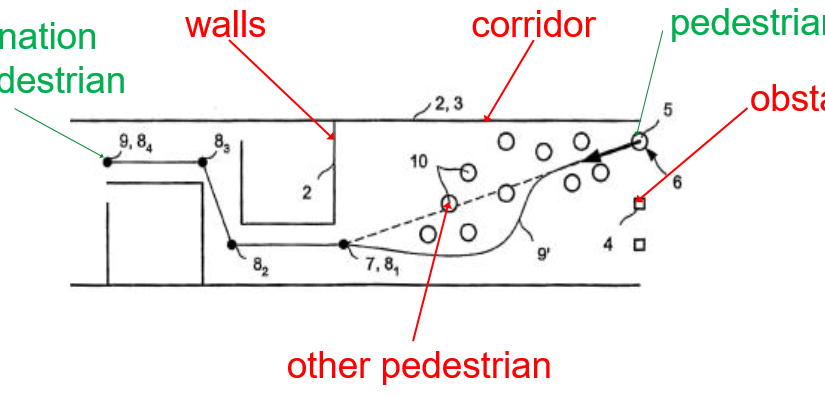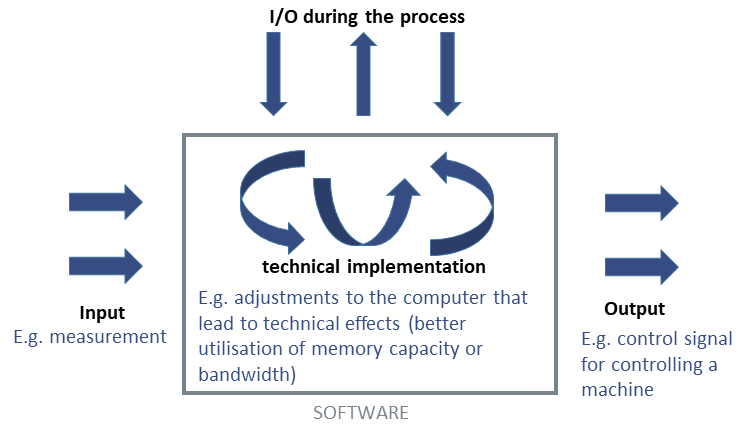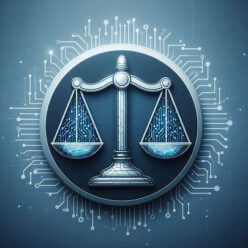The present decision is the reference decision to G 1/19, which was finally decided after decision G 1/19, as explained below. Among other things, it dealt with the question of whether the output data of a simulation result in the non-technical features of the simulation making a technical contribution and therefore being taken into account for the assessment of inventive step. At the end (conclusion), a bridge is again built to the decision G1/19.
Subject matter main request
- The invention in the ex-parte case relates to a simulation of the movement of pedestrians through an environment (e.g. a building like a stadium or railway station).

Board
- The data produced by the method of claim 1, which reflects the behaviour of a crowd moving through an environment, does not contribute to a technical effect.
- The potential use of such data is not limited to technical purposes, as it can be used e.g. in computer games or presented to a human for obtaining knowledge about the modelled environment.
- Computer games and presentation of information are examples of non-technical uses of data falling within the scope of claim 1.
- Therefore, there is no technical effect over the whole claimed scope derivable and the non-technical features are not contribute to the technical character.
- –> no inventive step
Subject matter auxiliary request
- Claim 1 of an auxiliary request additionally comprises the use of a profile for a pedestrian based on a set of measured attributes (in response to G 1/19, point 85: “technical input may consist of a measurement”).
Appellant
- The additional feature leads to a “more accurate simulation”.
Board
- A “more accurate simulation” per se cannot contribute to a technical character (cf. G 1/19, point 111).
- Claim 1 does not contain a measurement step, but merely indicates that the attributes are somehow measured.
- Therefore, no technical effect is derivable.
- –> no inventive step
Conclusion
- The below figure shows according to G 1/19, point 85 and 86 how and when “technical effects” or “technical interactions” based on inter alia non-technical features may occur in the context of a computer-implemented process (the arrows in the figure above represent interactions and not abstract data).
- The subject matter of the main request deals with output data of a simulation, wherein the use is not limited to technical purposes.
- According to G1/19, points 94 and 95: With respect to potential technical effects, the Enlarged Board added that if claimed data or data resulting from a claimed process was specifically adapted for the purpose of controlling a technical device, the technical effect that would result from this intended use of the data could be considered “implied” by the claim. However, this argument could be made only if the data had no other relevant uses, since otherwise the technical effect was not achieved over substantially the whole scope of the claimed invention.

- Furthermore, the subject matter of the auxiliary request deals with a profile for a pedestrian based on a set of measured attributes. According to the appellant, this should represent input data in the form of a measurement.
- In G 1/19 the Enlarged Board had pointed out that technical effects could occur at the input of a computer-implemented process (see figure above) and that technical input could consist of a measurement.
- The question to be answered is whether the input data/ measuring step and the simulation method are not merely juxtaposed, the output of the measuring step serving as an input for the simulation method, but interact to produce a combined technical effect.
- An interaction may be present, for example, if the combination amounts to an indirect measurement of a specific physical entity by means of measurements of another physical entity (see G 1/19, point 99).
- The method of claim 1 provides information about the movement of simulated pedestrians through a modelled building structure. Since the calculated information is neither used in a further step of the method nor specifically adapted for the purposes of an intended technical (and only relevant) use, it has to be investigated whether the information represents a measurement of a physical entity.
- The modelled building structure does not correspond to a building structure that was measured, whether directly or through measurement of its physical effects on other physical entities.
- In fact, the modelled building structure need not correspond to any existing building structure. Nor does the calculated information about the movement of simulated pedestrians represent a direct or indirect measurement of any of the real pedestrians (or other physical entities) that were measured in the process of generating the pedestrian profiles.
- Hence, in the present case no physical entity (or process) can be identified which could potentially be measured by the method of claim 1 in the sense that its physical status or some physical property is described by information calculated on the basis of data obtained by a direct or indirect physical interaction with the entity.
